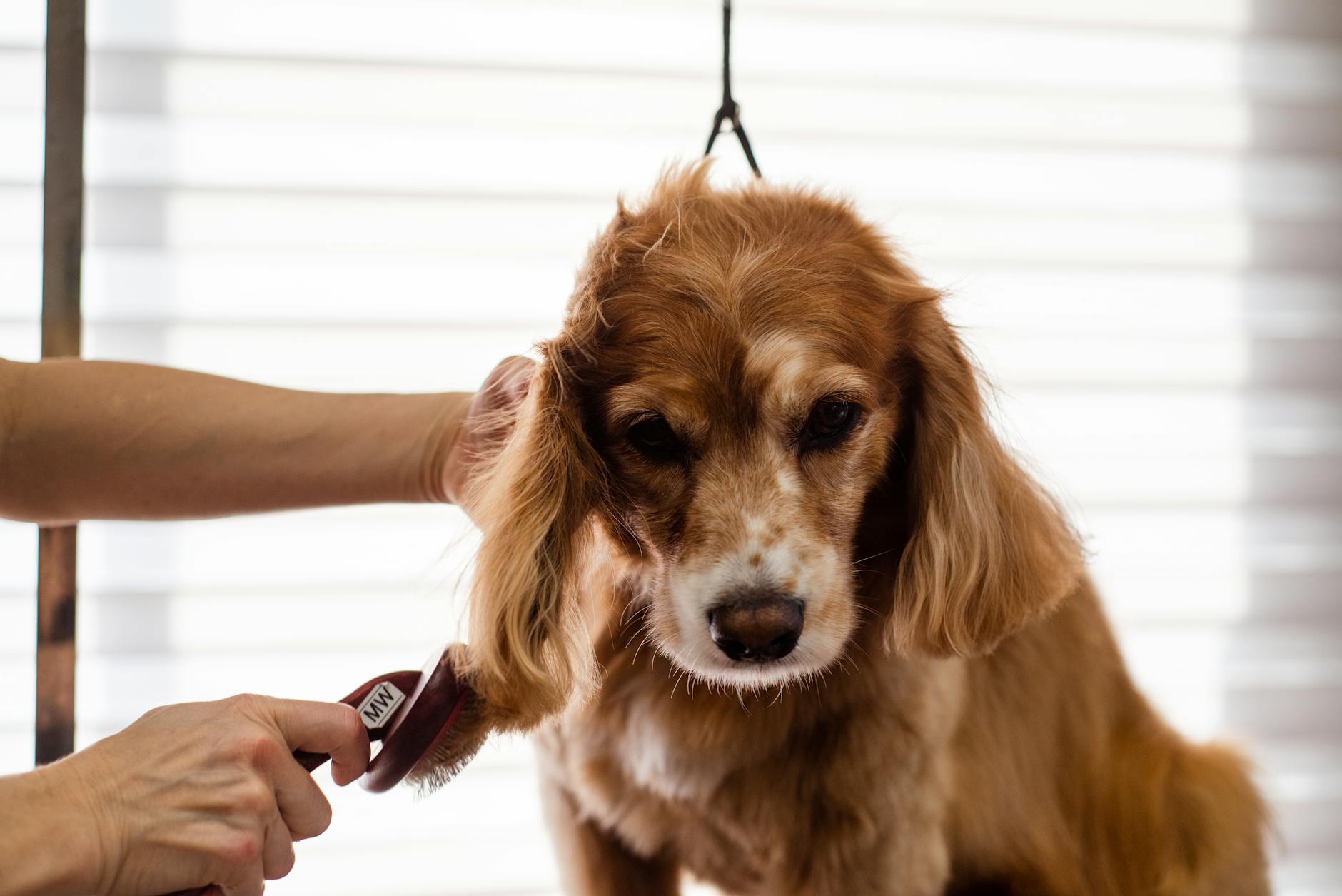Pawsome Fetch: Train Ur Doggo in 5 Steps!

Fetch is a classic game that can provide endless fun for you and your furry best friend, but it also doubles as a fantastic way to keep your pup active and entertained. In just five easy steps, you can master the art of fetch, ensuring that you and your doggo enjoy playtime to the fullest. Let's dive into our straightforward guide to transforming your pup into a fetching pro.
Step 1: Choose the Perfect Fetch Toy
Before you can start training, you must find a toy that your dog absolutely loves. This could be anything from a standard tennis ball to a frisbee or a plush toy – as long as it is safe and suitable for your dog's size and breed.
- Opt for bright colors that are easy to spot.
- Ensure the toy is durable and can withstand your dog's bites.
- Avoid toys small enough to be swallowed or choked on.
Step 2: Get Your Dog Excited About the Toy
Your dog needs to understand that the toy is something special. Spend some time playing with it, showing excitement yourself, and encouraging your dog when they show interest.
- Wiggle the toy around to get your dog's attention.
- Allow your dog to sniff and paw at the toy.
- Use an enthusiastic voice to create a positive association.
Step 3: Start with Short Distances
Begin by tossing the toy just a few feet away. Encourage your dog to go after the toy. If they bring it back, even part of the way, give them plenty of praise and perhaps a treat. Gradually increase the distance as your dog gets the hang of it.
- If your dog doesn't bring the toy back, walk to it together and praise any interest shown.
- Never scold your dog for not fetching; keep the experience positive.
Step 4: Teach the "Drop It" Command
To smoothly play fetch, your dog needs to understand how to drop the toy on command. Gently trade the toy for a treat, saying "drop it" as they release the toy. With repetition, they'll learn to associate the command with the action.
- Stay consistent with your command word, whether it's "drop," "let go," or "give."
- Reward compliance immediately to reinforce the behavior.
Step 5: Practice Makes Perfect
The final step is simply practice. The more you play fetch with your dog, the better they will get at it. Make sure your play sessions end on a high note, with your dog still eager for more.
- Keep sessions short to prevent boredom or overexertion.
- Regularly switch up throwing patterns to keep the game interesting.
Conclusion
Patience is key when training your dog to play fetch. Some dogs may pick up the game quickly, while others might take a little longer. Remember to keep the training sessions fun, and use lots of praises and treats as motivation. Fetch is more than just a game; it's a bonding activity that enhances your relationship with your dog and gives them the mental and physical stimulation they crave. So grab that toy and start training – your doggo is sure to become a fetching aficionado in no time with these pawsome steps!
FAQs
Q: What if my dog isn't interested in the toy?
A: Try a few different toys to see which one sparks interest. Some dogs may prefer certain textures or types of toys.
Q: How long should fetch training sessions be?
A: Keep sessions short and sweet, about 10 to 15 minutes, to maintain your dog's interest and energy levels.
Q: What should I do if my dog fetches the toy but won't come back to me?
A: Reinforce the behavior by walking back with your dog and offering a treat upon return. Also, practice recall commands separately to strengthen their response.
By following this 5-step guide, you and your pup will be enjoying the game of fetch as never before. With consistency and positivity, your play sessions will not only be a source of joy but will also contribute to your dog's well-being. Happy fetching!